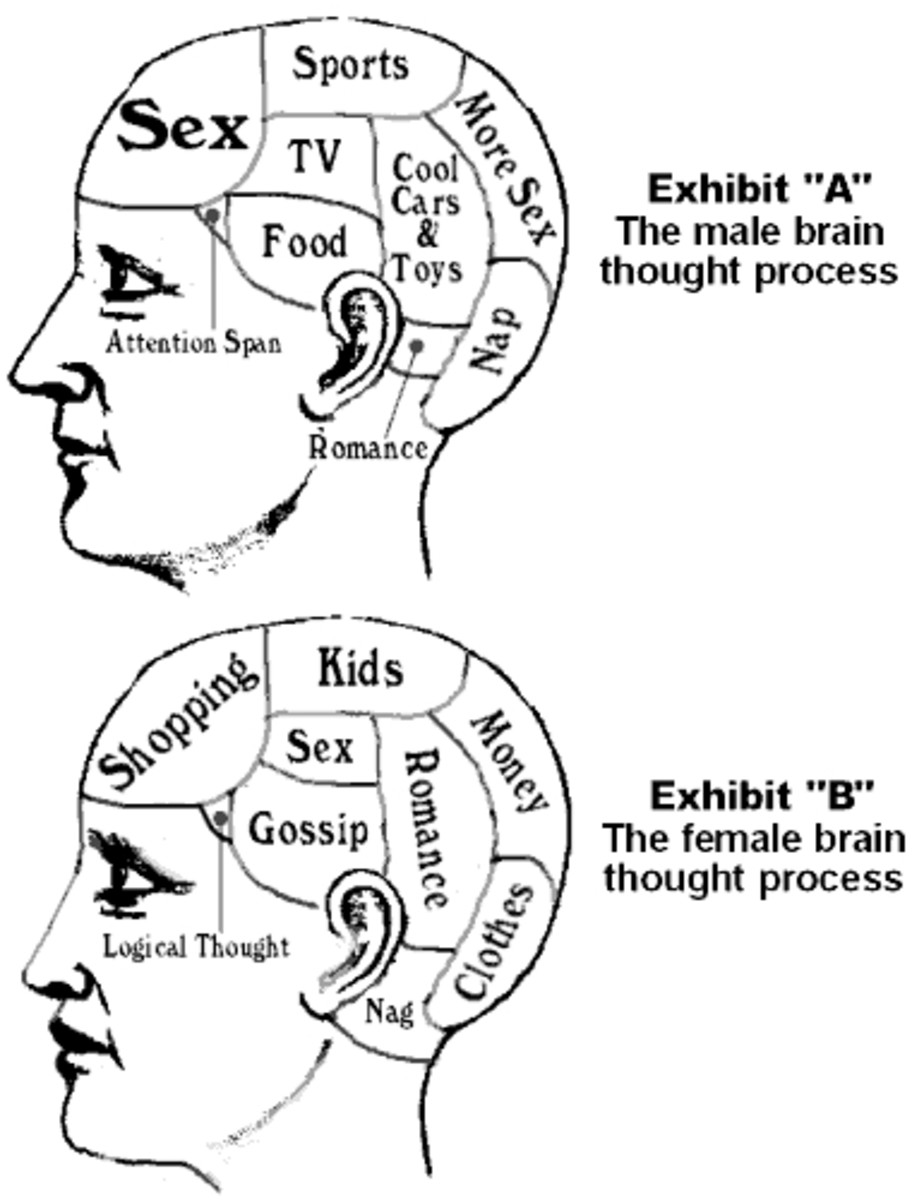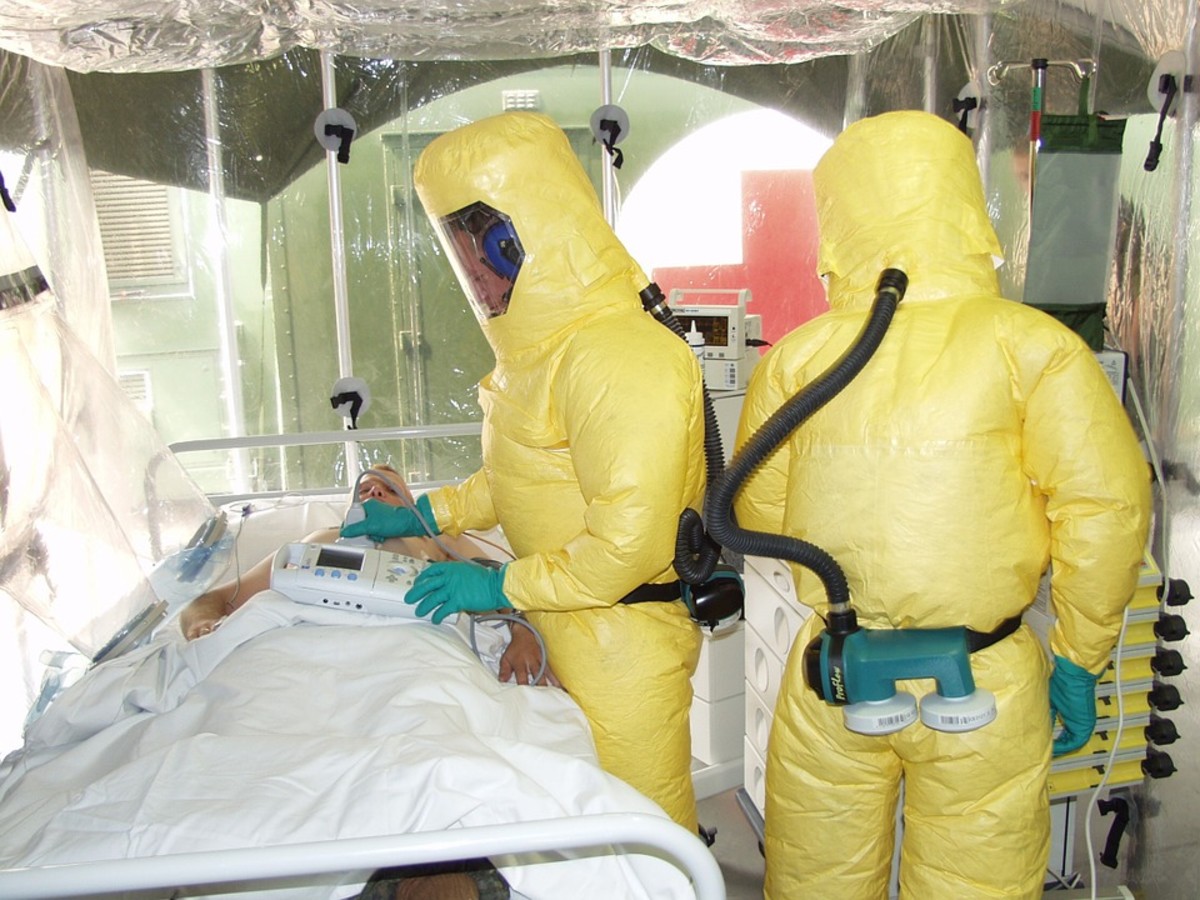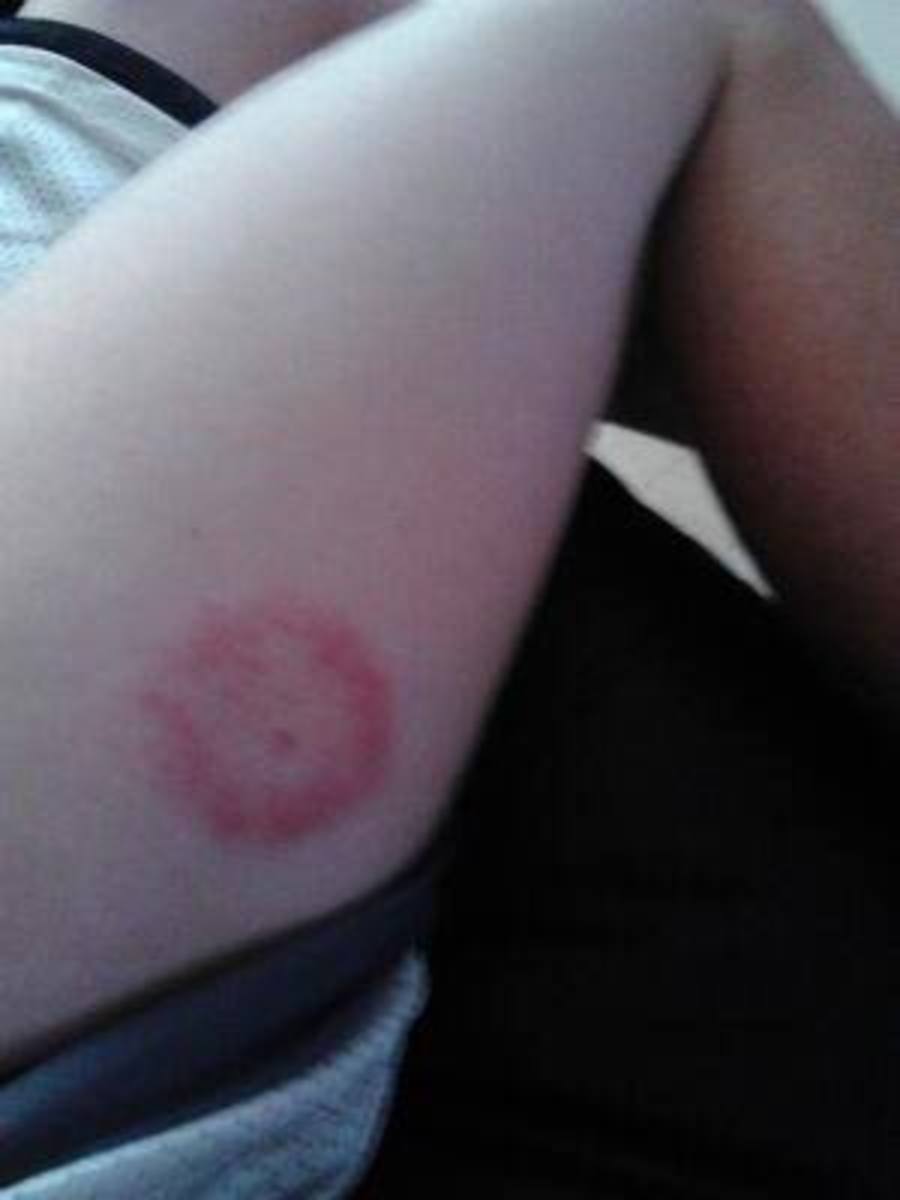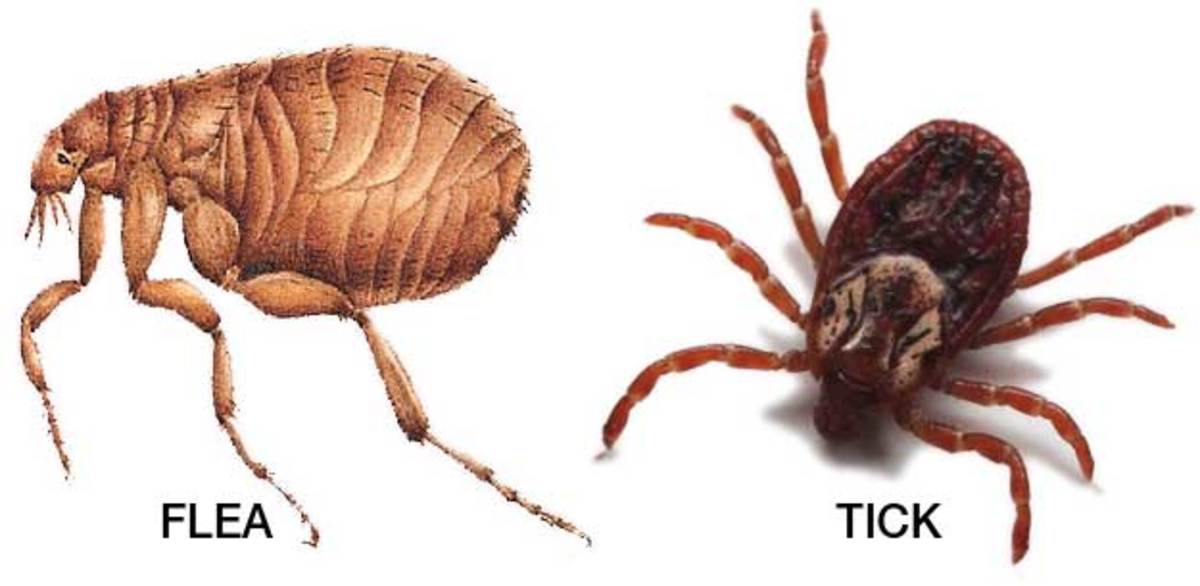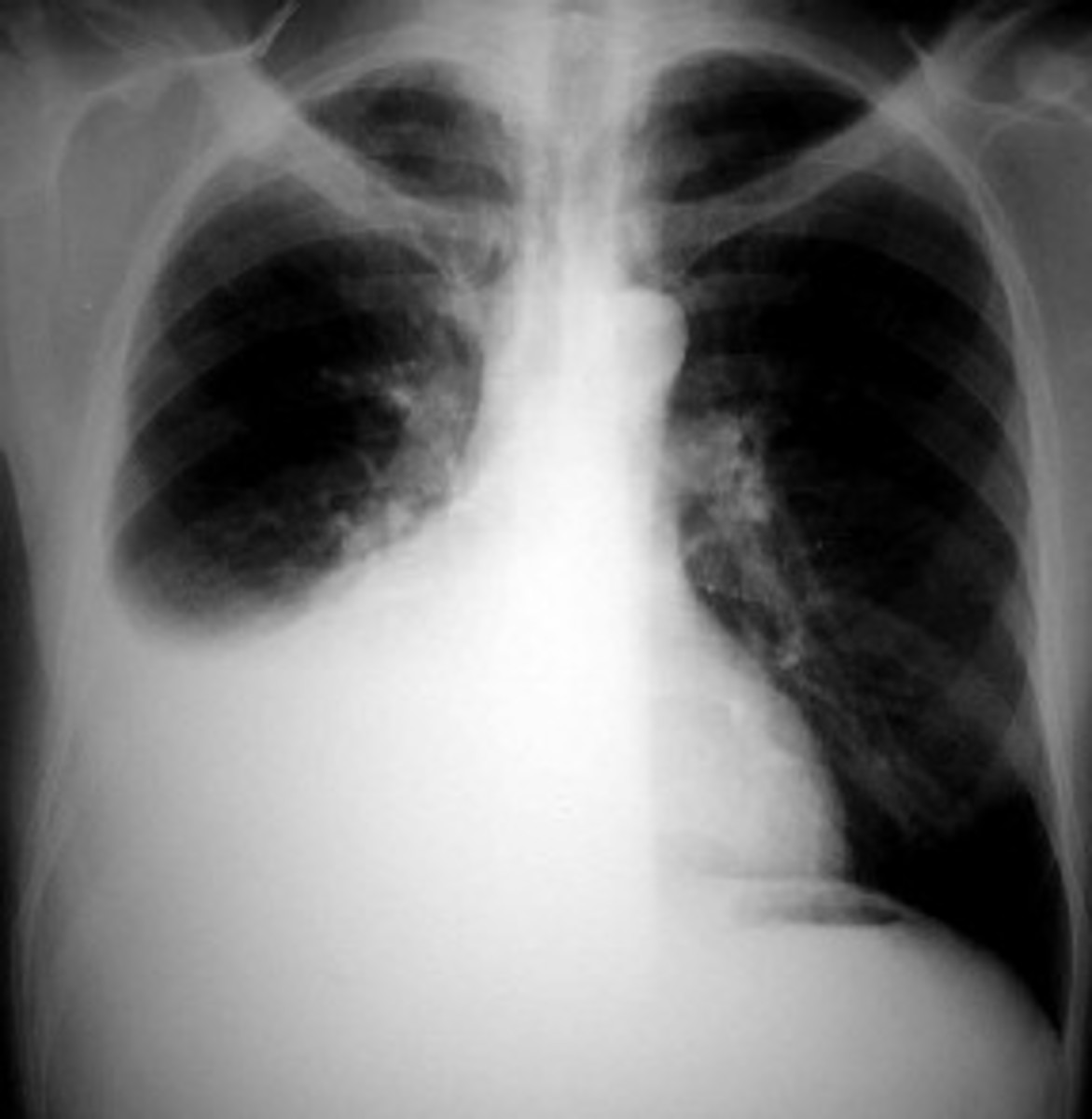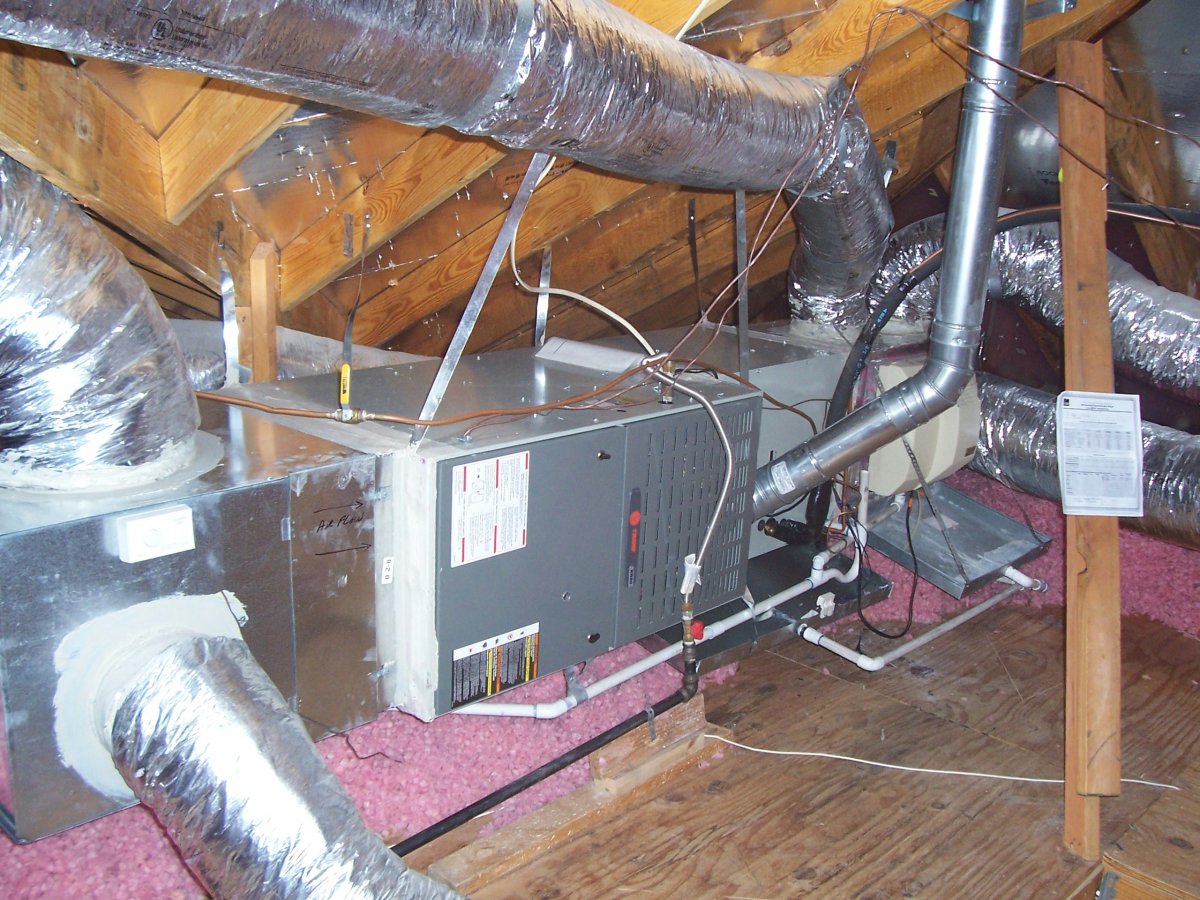Public Health Surveillance: How Does it Work?
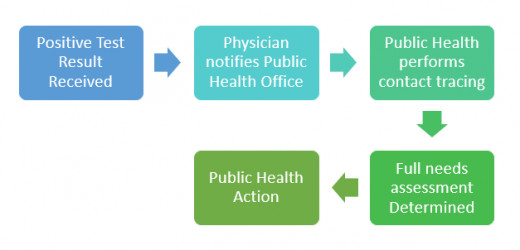
What is public health surveillance?
Most people in the United States do not know about public health surveillance and how it works (behind the scenes) to keep the public safe and healthy. Every community at the county level has a public health system that monitors the health and safety of the public at the community level (CDC, 2018).
Public healthcare workers use contact tracing methods to help determine who the person has come into contact with and if that person might be at risk of contracting the disease.
That person would be asked about their recent movements and interactions over the past # of days that they would have been contagious. The number of days that the person would be contagious depends significantly on what disease is spreading (CDC, 2018a; 2018b).
John Snow and Florence Nightingale
Did you know that John Snow was one of the early pioneers of contact tracing? He evaluated the cholera outbreak in Soho, London, in 1854. You might know this better as the removal of the water pump at the five corners. Florence Nightingale was also an early public health surveillance proponent, working in the Crimean War in the Mid 1850's.
Example of Contact Tracing: Sexually Transmitted Disease
Let’s look at three examples, a sexually transmitted disease, a foodborne illness, and an airborne illness.
Sexually transmitted diseases are transmitted by sexual contact, oral, vaginal, or anal sex. Sexually transmitted diseases are transmitted to only those who the patient has a sexual encounter. As an example: you go to the doctor because of vaginal or penile itching redness and drainage. After the examination, you are diagnosed with Chlamydia. A couple of days after the diagnosis, you receive a phone call from the public health department (the doctor's office was required to notify public health). The public health department begins to ask for the names, phone numbers, and addresses for all persons with whom you have had sexual encounters over your lifetime. Every single person. See the image for how this could play out (CDC, 2020a).
Contact Tracing Map: STD
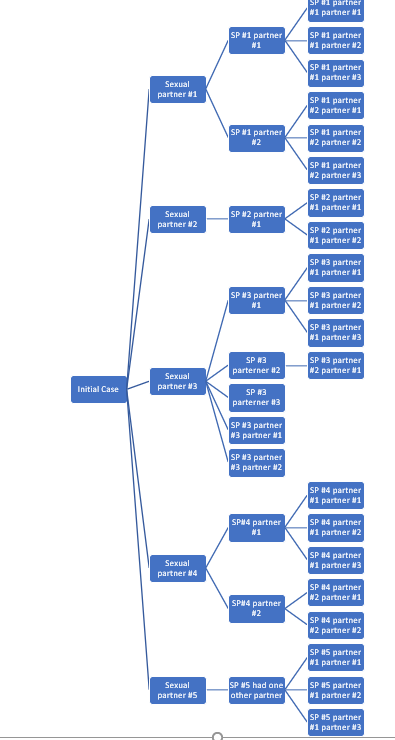
Contact Tracing Map: Food-borne Illness
Now let us examine a contact tracing example for a foodborne illness. Foodborne illness in the United States is usually traced through restaurants. Still, it could also be traced through family picnics/gatherings, or any other venue where multiple people are eating the same thing. In this example, we will say a patient comes to the emergency room with severe dehydration following 8 hours of vomiting and diarrhea. Tests determine that the patient has e-coli present in their GI tract. E-coli is reported to the public health department, and the public health department begins to identify where and what the person had eaten in the eight hours before the onset of their symptoms. The patient states that they had eaten at home for breakfast and lunch, but had eaten at a local restaurant for dinner at 5:00 pm. They had eaten a lettuce salad with ranch dressing, onion rings, meatloaf, green beans, and mashed potatoes. They had an ice tea to drink (CDC, 2020b).
Over the next six hours, the emergency room has 32 people arrive with similar symptoms. Public health officials, work with all of these patients, but also contact the restaurant, close it for cleaning, and test all employees. Typically, the salad is the culprit. The receipts from this night of sales at the restaurant will also be examined to see who else had eaten a salad, and where possible, they will contact those people who paid for food on credit if they can track them. Foodborne illnesses are limited to those who ate at the restaurant and ate the offending food item. Others will not become ill, and a few people who ate that food item will not become sick.
Contact tracing with foodborne illnesses stems from the restaurant receipts and tracking through phone calls who ate the offending item. Public health officials will also send out public service announcements through the news outlets.
Contact Tracing Map: Food Borne
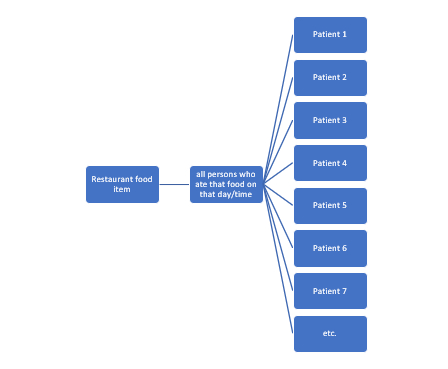
Contact Tracing Map: Airborne Illnesses
When we have an airborne disease, the contact tracing will occur in much the same manner. However, there is a much higher chance of transmission to others. Airborne diseases are transmitted through coughing and sneezing. Our contact tracing example of airborne disease transmission is an individual who is out of the country and comes down with symptoms on the day they are to return to their home. They will fly on an airplane to Atlanta, Georgia, and then to Chicago, Illinois. They will expose everyone on each plane and everyone they walk by in the airports. Public health officials will determine that all persons on each flight and many in the airport were exposed to this airborne disease. Public health physicians will prescribe prophylactic medications when appropriate.
Contact Tracing Map: Airborne Illnesses
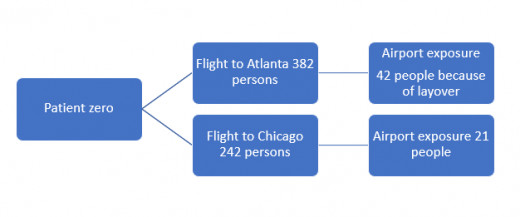
What Does Your Public Health Department Actually Do for You
Your public health department provides many services including but not limited to:
- Disease control, surveillance, monitoring, education, prevention
- All infectious diseases but specific diseases require reporting (such as but not limited to tuberculosis, COVID and COVID-19 positive cases, influenza, bacterial meningitis, Ebola, chickenpox, Chlamydia, cholera, diphtheria, syphilis, and more). See link for a full list
- Chronic illness
- Environmental Safety
- Air quality
- Water quality especially nonpublic wells
- Private sewage treatment
- Property maintenance
- Fluoride treatment in water
- Adding vitamins and minerals to our food sources (as in iodine to table salt or vitamin D to milk)
- Public swimming pools
- Hotels
- Tanning and tattoo parlors
- Lead poisoning
- Immunizations
- Childhood and adult vaccinations
- Vaccinations for older adults in long term care
- Vaccines for those who travel outside of the US
- Occupational Health
- Natural Disaster Health
- Restaurants, grocery store, convenience store safety
- Food poisoning (foodborne illnesses)
Resources
References
Centers for Disease Control and Prevention [CDC]. (2018a). Introduction to Public Health. Surveillance.
CDC. (2018b). National Notifiable Diseases Surveillance System.
CDC. (2020a). Sexually Transmitted Diseases. Retrieved online https://www.cdc.gov/std/.
CDC. (2020b). National Surveillance of Bacterial Foodborne Illnesses (Enteric Diseases). Retrieved online https://www.cdc.gov/nationalsurveillance/
This content is for informational purposes only and does not substitute for formal and individualized diagnosis, prognosis, treatment, prescription, and/or dietary advice from a licensed medical professional. Do not stop or alter your current course of treatment. If pregnant or nursing, consult with a qualified provider on an individual basis. Seek immediate help if you are experiencing a medical emergency.
© 2020 Kari Lane

